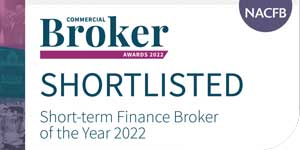Key considerations when buying land to develop
No doubt you will already have an idea in mind what you plan to do with the land. It may already have planning permission which you plan to follow, or you may want to adapt the planning to suit your needs.
Ultimately the factors that are likely to affect your decisions are:
Budgets
Do you have enough cashflow to support your plans, and if necessary can you get the development finance to support it? This article explores finance options in more detail below, or speak to one of our property finance experts who can chat through your situation.
Experience
The grander the plan the more experienced you should be. Too often people get carried away and bite off more than they can chew relative to their development background. If you’re excited by the challenge and the potential profits of a ground up development then be sure to take time to research as much as possible so that your heart doesn’t entirely rule your head! Even the most experienced developers will have to tackle unexpected problems that they haven’t budgeted for on a big project.
Appetite
Can you find a way to fit more units on the land? If you can vary the planning permission to feasibly squeeze more property on the site what will that do to your profit margins? You don’t want to be kicking yourself for not adapting plans that could have yielded better returns. Conversely, are you prepared for the greater cost and risk that may come with the greater reward?
Timescales
Consider mapping a timeline for how long each element of your development might take, from the legal and finance purchase process; the planning permission times; each stage of the build; as well as the time to agree and complete any sale of property.







